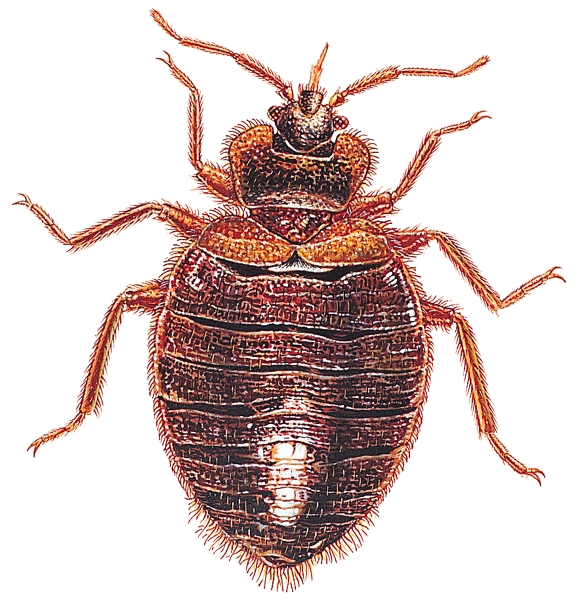Bed bugs

Appearance
- Adults are 4-5 mm in length.
- Bed bugs have an oval, flattened body and are a reddish-brown in colour.
- The bugs are fairly slow moving and are easily visible to the naked eye.
Biology
- Well fed bed bugs typically live for up to 6 months, although they can survive for 18 months without feeding.
- A female can lay around 5 eggs per day and a single specimen producing up to 200 eggs during their lifespan. Eggs generally hatch within 2 weeks.
- Bed bugs search for food by detecting exhaled carbon dioxide and body heat.
Habitats
- Normally nocturnal, bed bugs will spend the daytime hiding in small cracks (around the width of a credit card).
- The bugs will seek harbourage in areas such as the joints of beds, behind skirting boards, behind wallpaper/posters and mattress seams for example.
- Bed bugs are easily transferable via furniture, bedding, luggage etc meaning that hotels, B&B’s and hostels are common sufferers of this pest.
Treatment
- Due to their hardy nature and ease of transportation, multiple visits are often needed in order to control bed bugs.
- Monitoring is an important part of control. The varied use of combined IGR’s (insect growth regulator’s) and residual insecticide products are required.
- Heat treatments may also be required when an infestation is extensive.